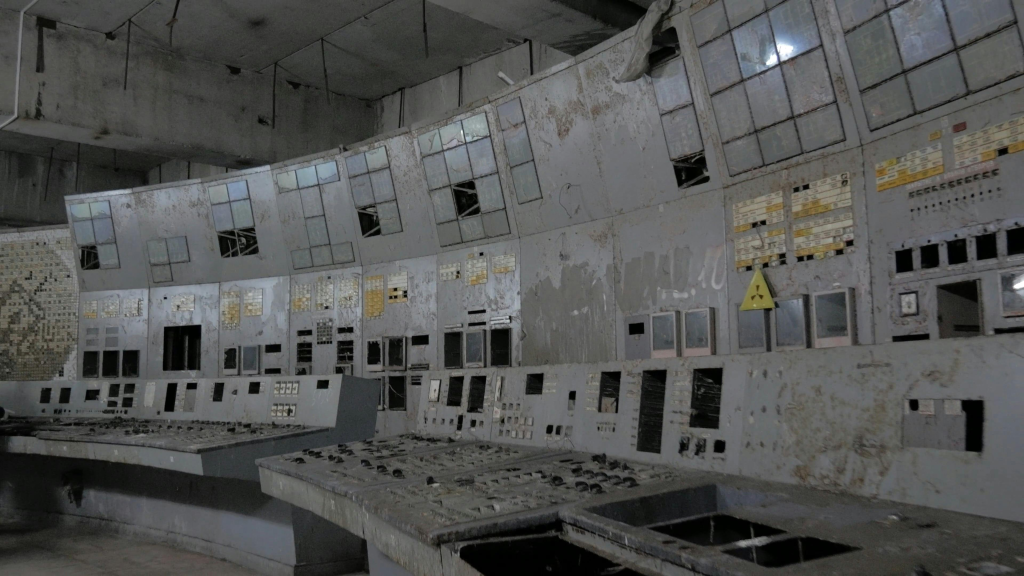The ethics and risks of restricted zones
For some travelers, the allure of the forbidden is irresistible. Whether it’s abandoned cities, off-limits islands, or disputed territories, the idea of stepping into places the world has closed off sparks a unique sense of adventure. However, crossing into restricted areas isn’t just a thrill—it can come with legal, ethical, and even life-threatening risks.
Why Are Some Places Illegal to Visit?
There are various reasons why governments or organizations restrict access to certain locations:
- Environmental protection – Fragile ecosystems may be off-limits to prevent human impact.
- Military or political reasons – Some areas are restricted due to security concerns or ongoing conflicts.
- Cultural and religious significance – Some places are considered sacred and protected from outside influence.
- Abandonment and danger – Radioactive zones, collapsing structures, and unstable landscapes make certain locations hazardous.
Notorious Forbidden Places and How People Have Gotten In
1. North Sentinel Island – India

- Why it’s restricted: Home to an uncontacted indigenous tribe protected by Indian law.
- Risk level: Extremely high. The Sentinelese have violently resisted all outside contact.
- How people have attempted entry: Illegal visits by fishermen, adventurers, and even missionaries have led to deadly encounters.
2. Area 51 – United States

- Why it’s restricted: A classified U.S. military base associated with top-secret projects.
- Risk level: High. Crossing the boundary could result in arrest or forceful removal.
- How people have tried to access it: Some attempt to hike near the perimeter, but military patrols prevent unauthorized entry.
3. Lascaux Caves – France
- Why it’s restricted: The prehistoric cave paintings are too fragile to be exposed to human breath and light.
- Risk level: Low, but any attempt at entry would likely result in legal action.
- Alternative: A replica of the caves, Lascaux IV, allows visitors to experience the site without damaging the original.
4. Chernobyl’s Reactor 4 Control Room – Ukraine

- Why it’s restricted: High radiation levels make this one of the most dangerous places on Earth.
- Risk level: Extremely high. Special permission is needed, and exposure time is strictly limited.
- Alternative: Guided Chernobyl tours allow visitors to explore safer areas of the exclusion zone.
5. Mezhgorye – Russia

- Why it’s restricted: A closed town suspected of housing a secret nuclear facility.
- Risk level: High. Unauthorized entry could result in arrest by Russian authorities.
- How people have attempted entry: Very few outsiders have documented travel to the area.
How Do People Sneak Into Restricted Places?
Some travelers use clever (and often illegal) tactics to gain access, including:
- Bribing officials – In some countries, corruption allows access for a price.
- Forged or unofficial permits – Some people create fake authorization documents.
- Disguises and stealth – Entering under the cover of darkness or blending in with workers.
- Drones and remote cameras – Instead of physically entering, some explore using technology.
The Consequences of Trespassing
Before considering a visit to a restricted area, it’s important to understand the potential dangers:
- Legal trouble – Many restricted zones have harsh penalties, including fines, jail time, or deportation.
- Physical harm – Some places, such as nuclear sites or conflict zones, can pose serious health risks.
- Cultural insensitivity – Entering sacred or indigenous lands without permission can be deeply disrespectful.
Ethical Considerations
- Are you harming the environment? Some places are restricted to protect delicate ecosystems.
- Are you endangering others? Contacting isolated tribes or sneaking into active war zones can have unintended consequences.
- Is the risk worth it? Sometimes, experiencing a place from a distance is more responsible than attempting to break in.
While the idea of exploring the forbidden is exciting, breaking the law or endangering yourself and others is never advisable. Instead, seek legal and ethical ways to experience restricted places—whether through documentaries, virtual tours, or authorized visits. The world has enough mysteries without needing to cross dangerous boundaries.

